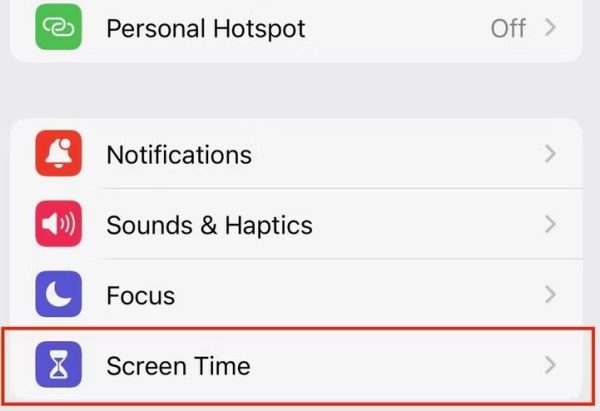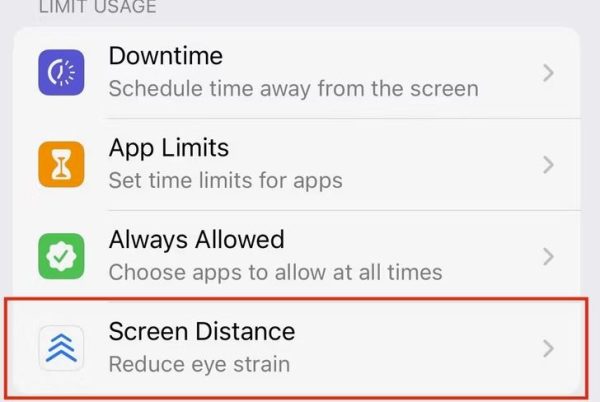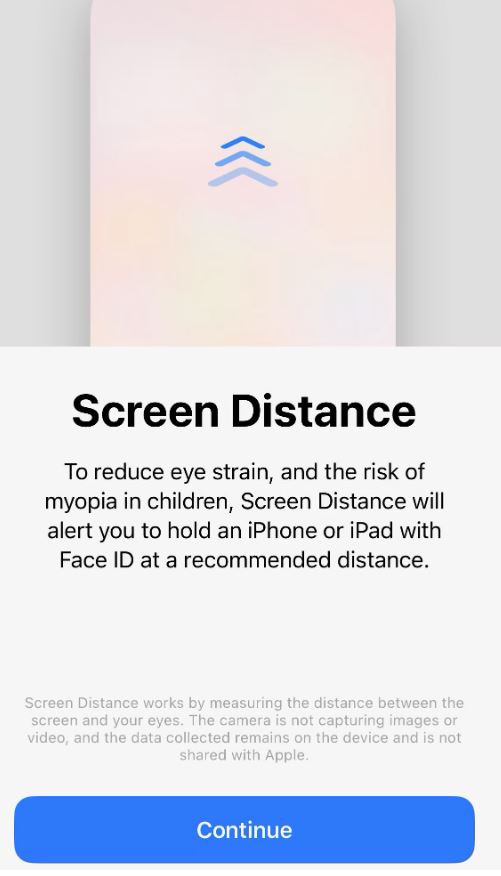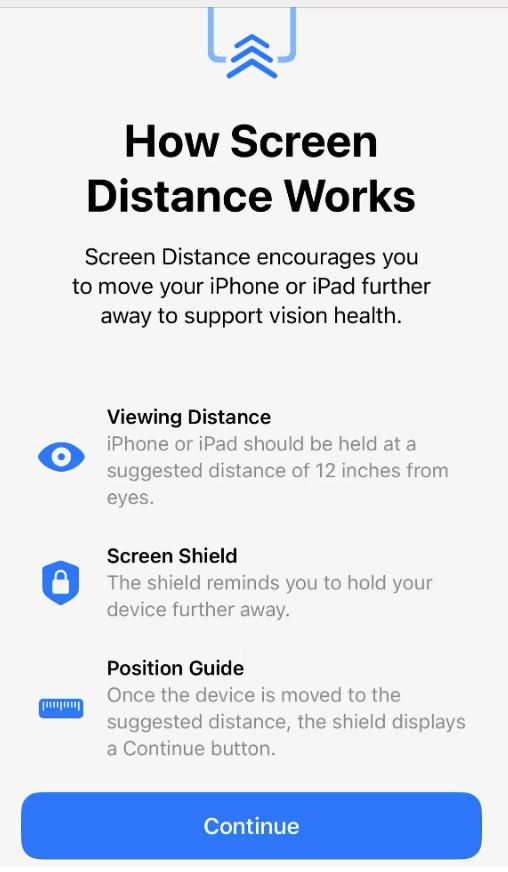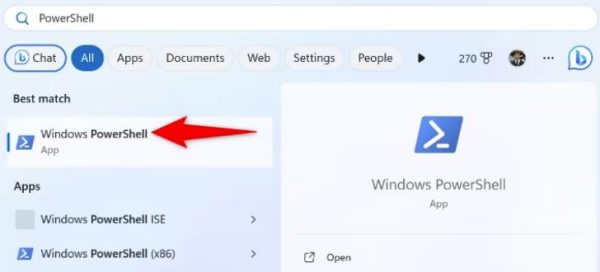How to view the Contents of ZIP or TAR files without extracting in Linux
How to install rar and unrar Commands on Linux
How to extract RAR Files on Linux
How to create RAR files on Linux
How to change the color Palette on Samsung Galaxy Phones
How to show the Battery percentage on Android
Microsoft Excel has new functions for data Aggregation
How to enable Screen distance on iPhone and iPad
The steps for enabling Screen Distance on the iPhone and the iPad are identical. You go to the Settings app, navigate to Screen Time, and enable Screen Distance. Let’s walk through the steps for enabling this feature on an iPhone.
- To enable Screen Distance on your iPhone, open the Settings app.
- Navigate to the Screen Time setting
Inside Screen Time, open the Screen Distance setting.
When enabling Screen Distance for the first time on the iPhone or iPad, your device will prompt you with two additional steps. On the first screen (shown below), it gives a brief explanation of Screen Distance. Press Continue to resume the setup.
On the next page, the device will continue to explain the Screen Distance feature further and give details about its functionality. Click on Continue to complete the setup and enable Screen Distance on your iPhone.
Screen Distance is now enabled on your iPhone.
[mai mult...]How to run an Executable (EXE) File using Windows PowerShell
While the easiest way to launch files on Windows is to simply double-click your files, the usage of PowerShell to open files is handy in some cases. For example, if your File Explorer utility isn’t working and restarting Windows Explorer hasn’t fixed the issue, you can use the PowerShell method to launch any executable file.
Another reason you may want to use a PowerShell command to launch files is if you’re writing a script. You may want to open a file in your script, which you can do by including the above PowerShell commands.
How to Launch an EXE File Without Admin Rights Using PowerShell
To start, open your PC’s Start Menu, find “PowerShell”, and launch the utility.
In PowerShell, type the ampersand (&) symbol, press Spacebar, enter your executable file’s path, and press Enter. If your file path has spaces, enclose the path with double quotes.
If you’re unsure how to locate your program’s file path, simply drag and drop your file onto your PowerShell window to automatically fill the file path. Another way to find a file’s path is to right-click the file, select “Properties,” open the “Details” tab, and look at the “Folder Path” value.
As an example, if you want to run a file named “FileZilla_3.62.2_win64-setup.exe” stored in a “My Files” folder on your desktop, you’d use a command that looks something like the following:
& "C:\Users\mahes\Desktop\My Files\FileZilla_3.62.2_win64-setup.exe"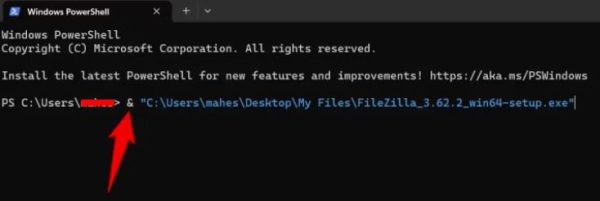
How to Launch an EXE File With Admin Rights Using PowerShell
To run an executable file with admin rights in PowerShell, simply make a few changes to your command, and your file will launch with administrative privileges.
To do that, launch a PowerShell window on your PC. In this window, type the following command, replacing “FilePath” with your file’s full path, and press Enter:
Start-Process FilePath "powershell" -Verb RunAs
Although you only need to enclose the path with double quotes if the path has spaces, it’s a good practice to always use double quotes; it doesn’t cause any issues.
As an example, to run a file named “FileZilla_3.62.2_win64-setup.exe” stored in a “My Files” folder on your desktop with admin rights, you’ll use the following command in PowerShell:
Start-Process “C:\Users\mahes\Desktop\My Files\FileZilla_3.62.2_win64-setup.exe” “powershell” -Verb RunAs
PowerShell will launch your file with admin privileges, and you’re all set.
[mai mult...]
